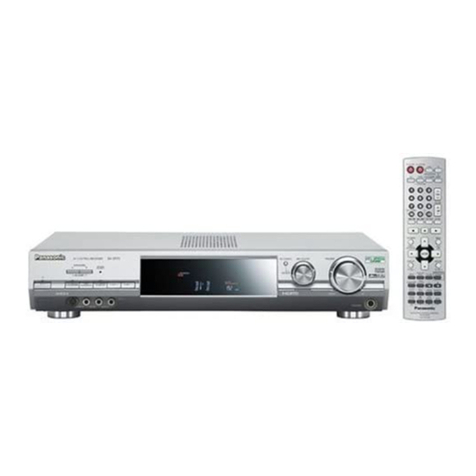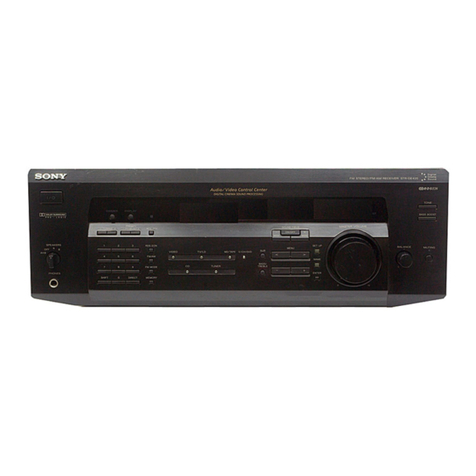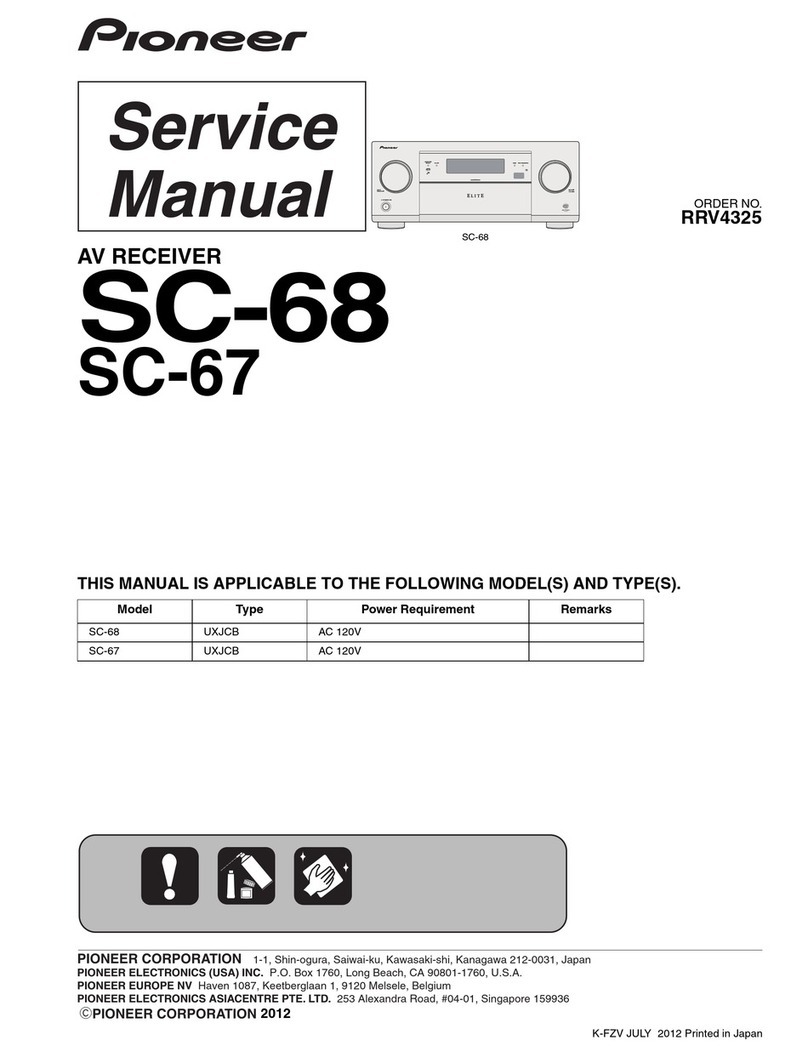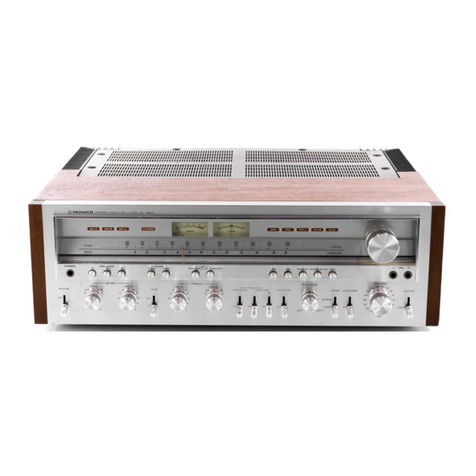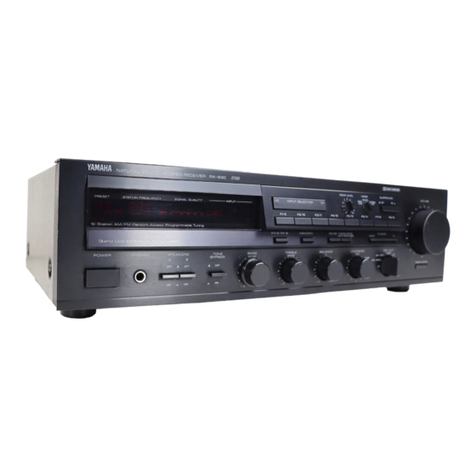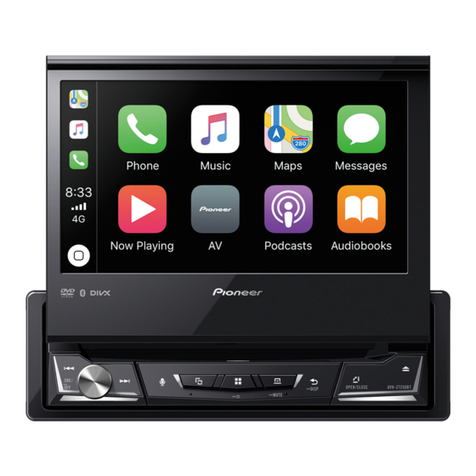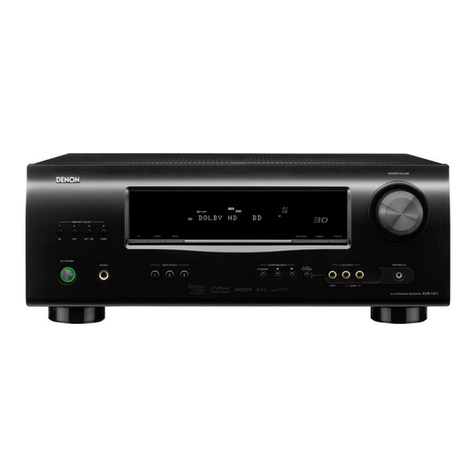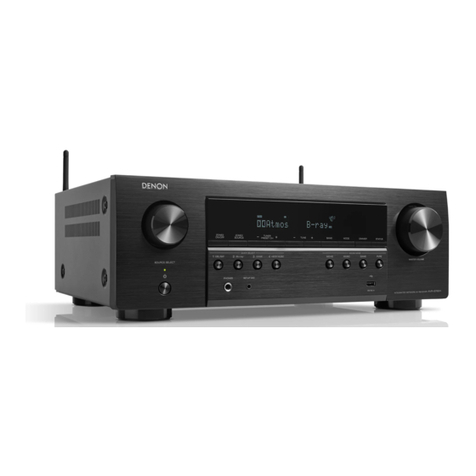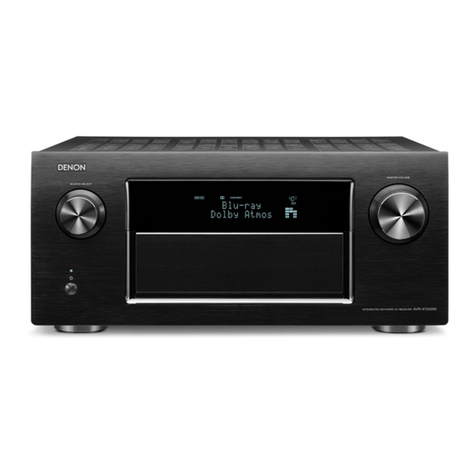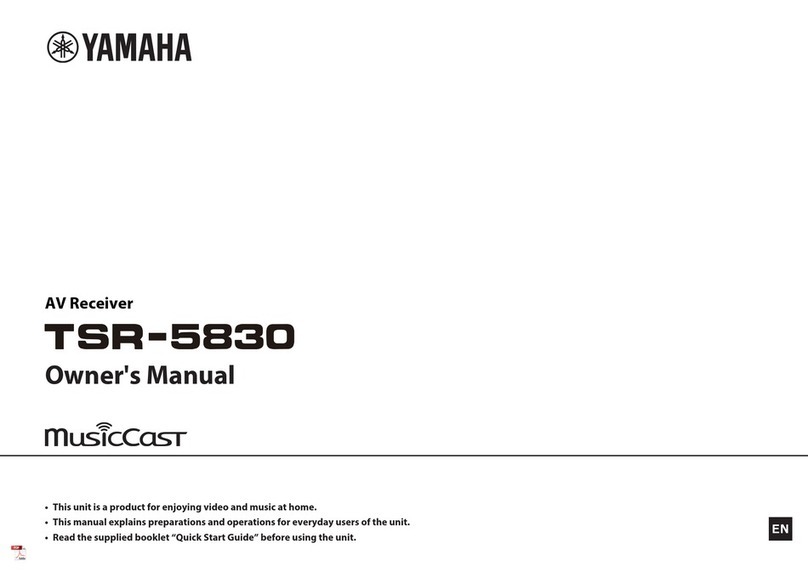Panasonic SAHE70 - RECEIVER User manual
Other Panasonic Stereo Receiver manuals
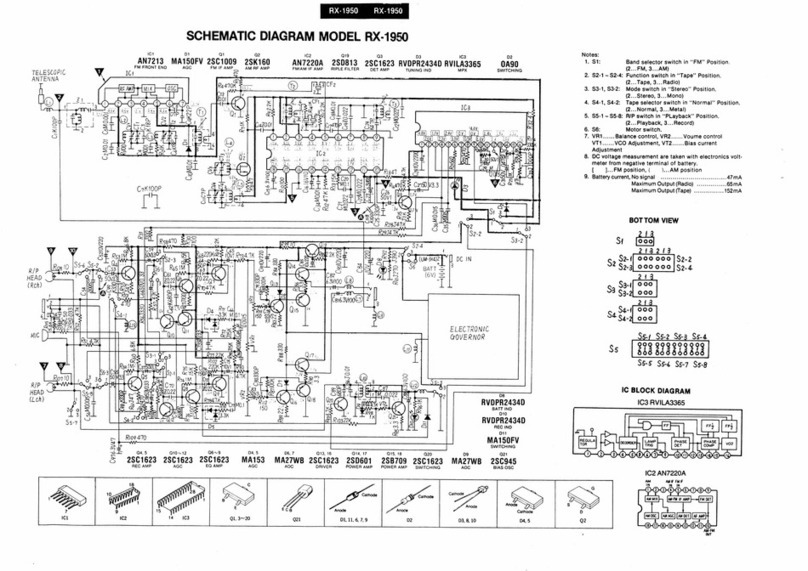
Panasonic
Panasonic RX-1950 Quick start guide
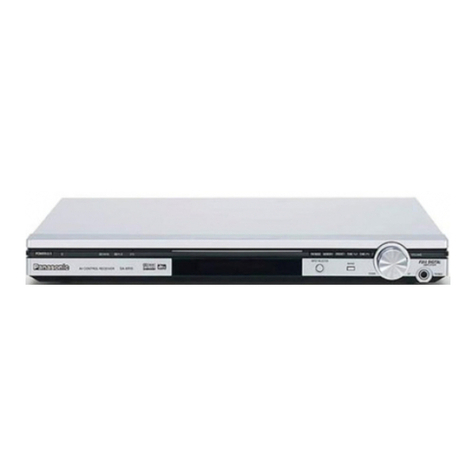
Panasonic
Panasonic SA-XR15E User manual
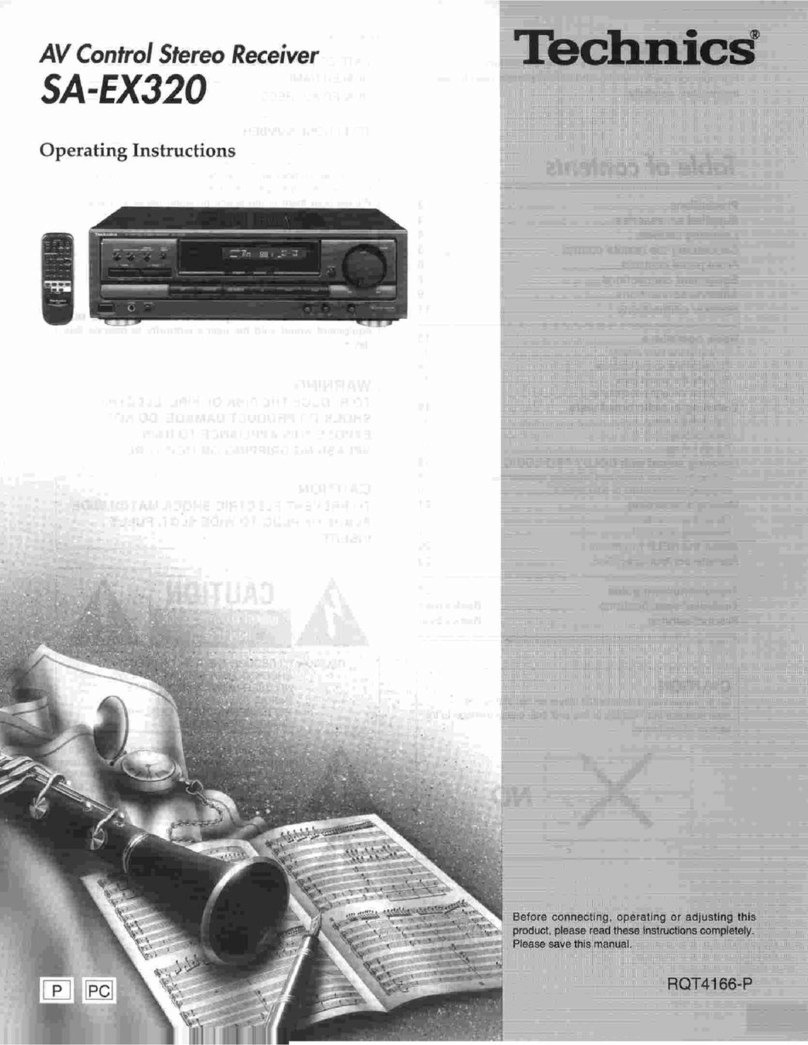
Panasonic
Panasonic SAEX320 - RECEIVER User manual
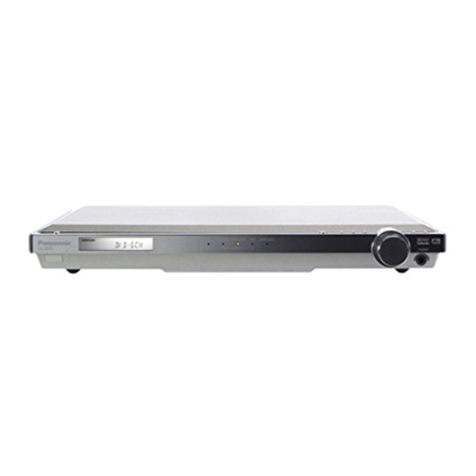
Panasonic
Panasonic SA-XR10E User manual
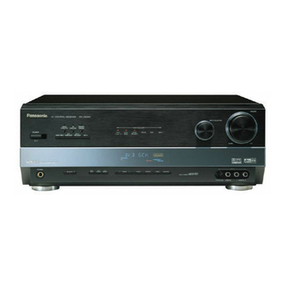
Panasonic
Panasonic SAHE200 - RECEIVER User manual
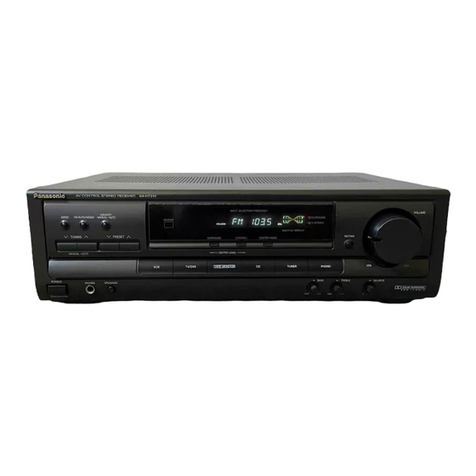
Panasonic
Panasonic SAHT210 - RECEIVER User manual
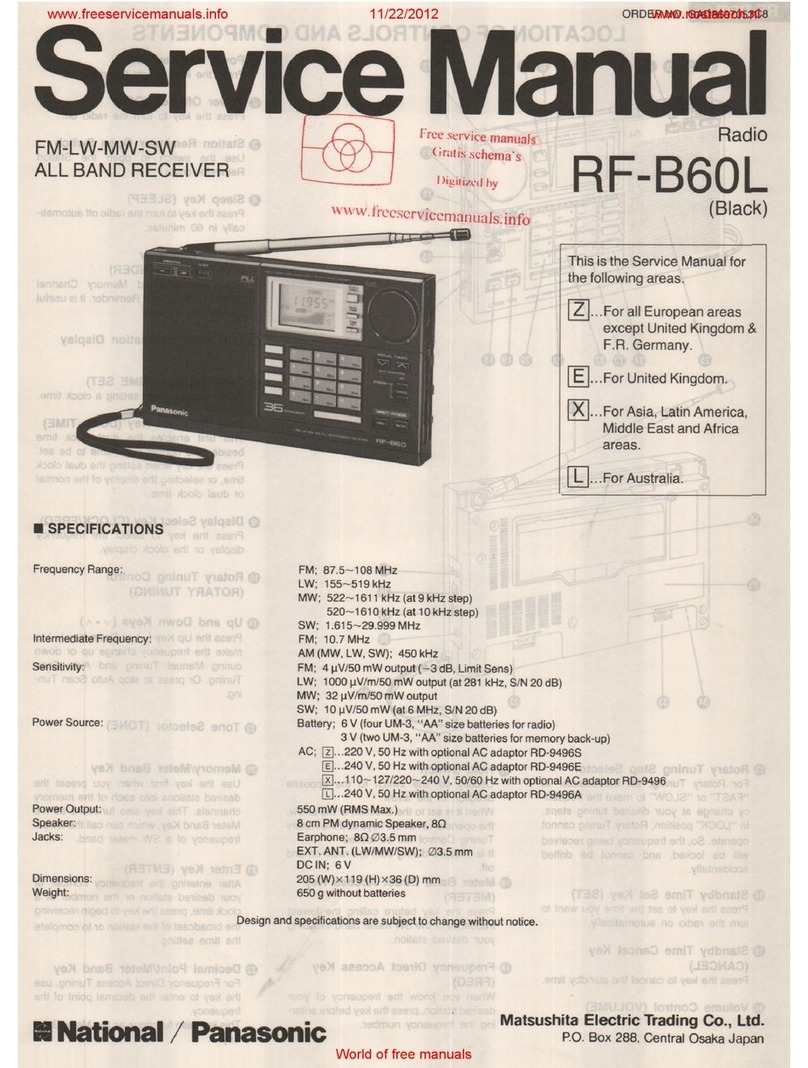
Panasonic
Panasonic RF-B60L User manual

Panasonic
Panasonic SAHE200 - RECEIVER User manual

Panasonic
Panasonic SA-DX940 User manual
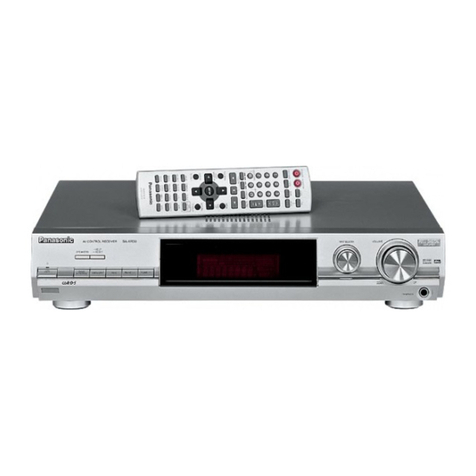
Panasonic
Panasonic SA-XR30 User manual

Panasonic
Panasonic RF-NA06R User manual
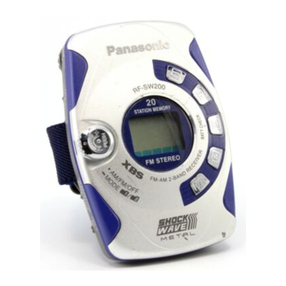
Panasonic
Panasonic RF-SW200 User manual
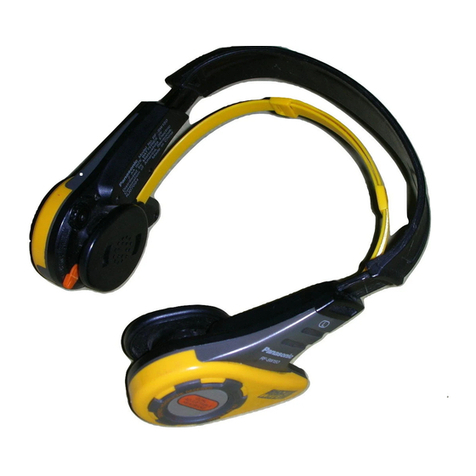
Panasonic
Panasonic RF-SW150 User manual

Panasonic
Panasonic SADA15 - RECEIVER User manual

Panasonic
Panasonic SA-XR55E User manual
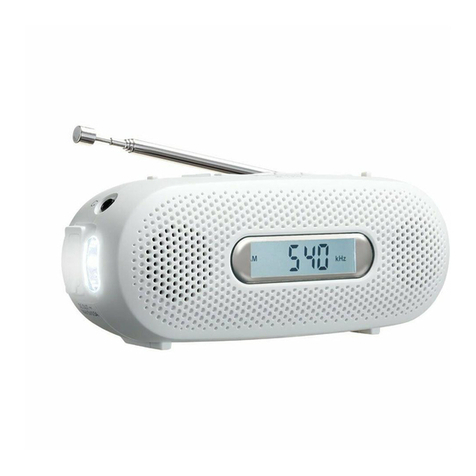
Panasonic
Panasonic RF-TJ10 User manual

Panasonic
Panasonic SAHT210 - RECEIVER User manual
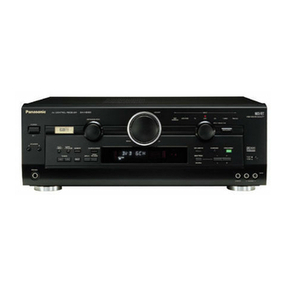
Panasonic
Panasonic SAHE100 - RECEIVER User manual
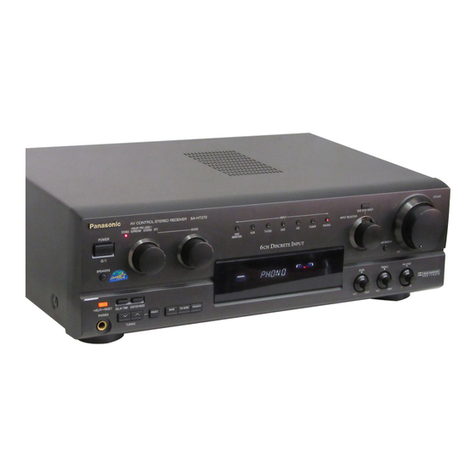
Panasonic
Panasonic SAHT270 - RECEIVER User manual
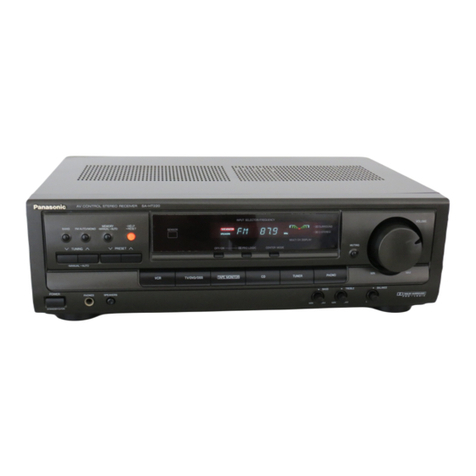
Panasonic
Panasonic SAHT220 - RECEIVER User manual


